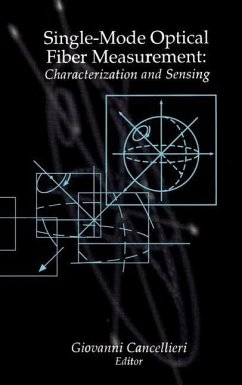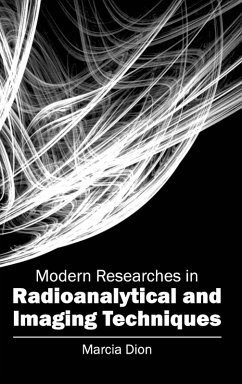
Lenticular Imaging
Theory and Practice

PAYBACK Punkte
31 °P sammeln!
This book treats comprehensively the visual and the optical aspects of lenticular imaging. The theoretical discussion is supplemented by numerous examples and figures which explain and illustrate the underlying principles, to make the book accessible and useful for scholars, practitioners, and graphical artists. However, this book is not a practical guide for making lenticular pictures. The most striking capability of lenticular pictures is the display of depth. 3D lenticular pictures can be enjoyed without any visual aids, and are viewable from within a comfortably large volume. Within this v...
This book treats comprehensively the visual and the optical aspects of lenticular imaging. The theoretical discussion is supplemented by numerous examples and figures which explain and illustrate the underlying principles, to make the book accessible and useful for scholars, practitioners, and graphical artists. However, this book is not a practical guide for making lenticular pictures. The most striking capability of lenticular pictures is the display of depth. 3D lenticular pictures can be enjoyed without any visual aids, and are viewable from within a comfortably large volume. Within this volume, the picture displays change of perspective according to the viewing angle and shows the object with the correct geometry. With proper design, the changes in perspective can be smooth and continuous. These characteristics create a compelling virtual reality illusion, like the effect of holograms. The tradeoff between the amount of displayed depth and the visual quality is established and discussed. The overall resolution of the picture determines this compromise. Basic mechanisms affecting the overall resolution are optical aberrations and print characteristics. For digital print, it is suggested that if lenticular sheets are adjusted to fit the printer characteristics, the overall resolution may be significantly improved. The unique optical properties of lenticules and lenticular sheets are crucial for the understanding of lenticular imaging, and, as such, they receive much attention in the book. The optical mechanism of a lenticular picture is explained using simplified, yet accurate models based on classical optical imaging theory. The more advanced subjects of optical resolution and distortions are treated numerically, using ray-tracing methods. The results of this study are presented here for the first time and are used to explain the visual features of lenticular pictures. They are also important for future research and development. Numerous other topics are essential for understanding and using lenticular imaging. These topics include calibration of lenticular sheets, content preparation for 3D pictures, and viewing space design. All these issues are treated and presented in detail, including many practical examples. Electronic display systems underwent rapid evolution in recent fifty years. From early bulky, monochrome, and distorted CRT displays, modern flat-panel displays feature vibrant color and perfect geometry. The resolution, contrast, and brightness reached the highest standards of market demands. Perhaps the last challenge remaining to be conquered by display engineers is the creation of a high-quality electronic 3D display that is viewable without any aids, like a lenticular picture. This challenge attracted much attention, but, despite vast efforts, it is still beyond reach. One of the most popular approaches to making an electronic 3D display is based on lenticular imaging. A separate chapter is devoted to the discussion of this technology. Although electronic and printed displays differ profoundly, the methodology of printed pictures can be used for the study and analysis of electronic lenticular displays, although with several modifications. The book outlines this application, to allow future study and development of such displays benefit from the research presented in this book.














